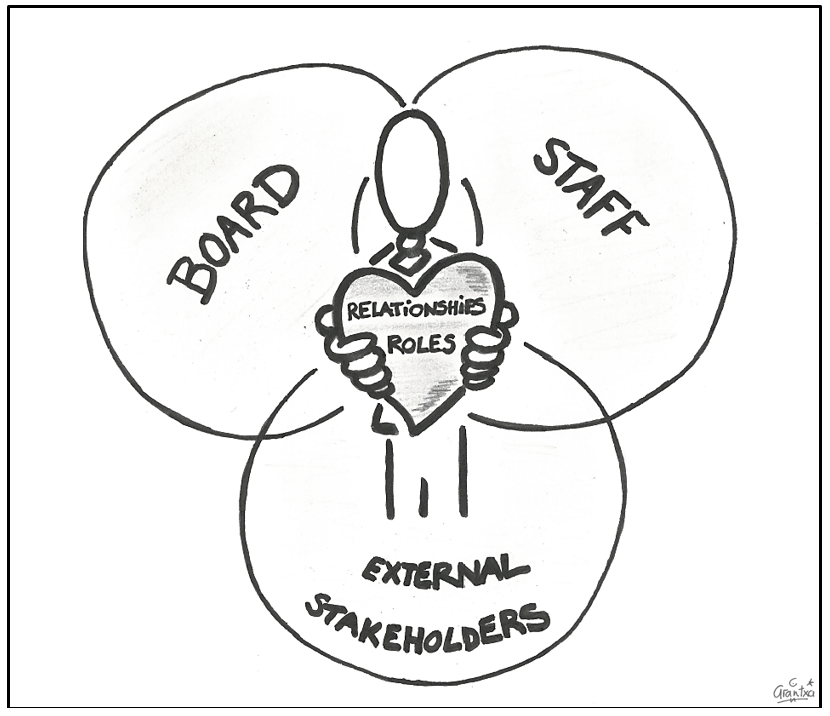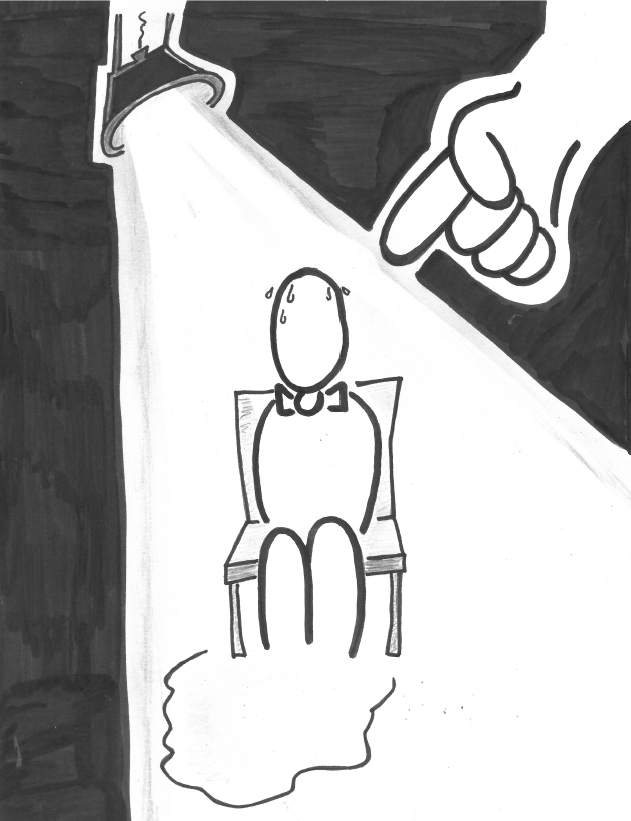Guest blog by Ernie Messer.
“Remember this laddie – the biggest fools you’ll encounter as a leader are your predecessor and your successor” – a charismatic and quite patriarchal mentor told me…when I was nearly 30!
Instinctively, we might not want to agree with this, but we can probably all recognise a grain of truth here. When founders move on and because they have no predecessor, there is only one direction that a finger can point – placing a disproportionate burden on any successor.
 Pointing fingers won’t help though – but here are a few tips that might.
Pointing fingers won’t help though – but here are a few tips that might.
Driving change in a complex situation
Many change methodologies emphasise ‘understanding the history of past change’. Whether it was good or bad it is likely to continue along a similar path – unless there is a different intervention. With founder transition there is a bigger problem. Founders have led past changes, embedded cultural approaches to this and will know how to be mischievous within this context if things ‘don’t go how they wish’.
If leader transition is emotionally draining for everyone, founder transition is simply exhausting. For the various teams and players, the permutations for increased complexity and failure are immense.
So how can we help smooth the process?
For the CEO and senior leadership team it is worth thinking through:
- Who appointed the new CEO – what was the retiring founder’s influence? It is important to ensure an independent appointment, while taking into account the founder’s view – after all no one knows the organisation better.
- What has been and what will be the impact on the remaining senior team? Often strong and almost indestructible relationships exist between a founder and the top team. Naturally, a new leader will mean those relationships need to be rebuilt or changed.
- Ensure people feel both respected and positively challenged. This will be natural ’forming and storming territory‘. The emerging senior leadership team and the new leader need to spend time to come together so that a common vision can be shared and communicated; convincingly and jointly.
- Who is next to go? Or…. Am I now just too worn out to go through anymore? Founder or other leadership transitions will usually involve more than just the leader changing. The wider leadership and staff need to be ready for this. Understanding impacts, managing potentially fractured relationships and additionally possible competitive threats from other players may all come into play.
For the Board it is important to consider:
- After overseeing such a massive and usually draining transition, trustees might say “I’m also exhausted – we need some new people”. Boards need to plan ahead for stability across the leadership transition at the executive level.
- It may be dangerous to promote the exiting founder to a board role. In most cases a new CEO needs space to lead without the founder breathing down their neck.
- Founder transition is complicated, so boards need to be ready for periods of reflection and even conflict. The whole composition, skillset, diversity and performance of the Board needs critical review. What profile will the Board need to develop to support a new direction of the organisation under a new leader?
- Is the Board ready to communicate the change? A change in leadership will also have an impact on external beneficiaries, funders and partners. The Board has to prepare these stakeholders for change and keep them motivated to stay on.
 So where do we go from here? The heart of the matter
So where do we go from here? The heart of the matter
In many cases, founders have been the heart of the organisation. We need to understand that not only personality, but also roles and relationships of the founder will influence the transition. In the end, the natural result may be the emersion of two new teams, with new outward facing relationships both internally and externally.
It’s like a balloon filled with water where if you press in one area, the water moves and shifts to another. How do we ensure we don’t push too hard?
- As suggested in the actions above, solid bilateral dialogue between the new CEO and the senior team and the Chair and Board on a sustained basis over time is key. With very hard work and full engagement, we can move from pointing fingers to joining hands. Relationships will change and successful new ones will be built.
- Where is the heart and whose heart is it? The simple answer is likely to be that it will move from the founder to become a more corporate heart with shared value sets and a new culture. It will take time and the use of a defibrillator may be called for as this develops but it is achievable!
Ernie Messer is Managing Director of Messer Ltd and specialises in Charity governance; developing senior leadership teams and collaboration. ernie.messer@btinternet.com